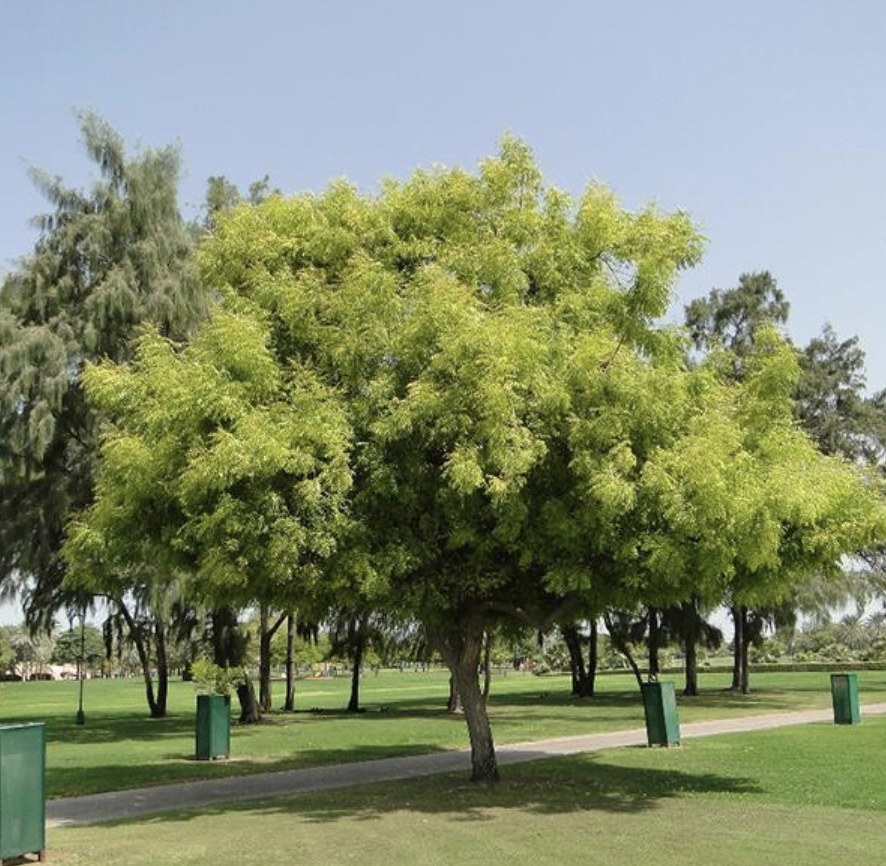| Scientific name | Azadirachta indica |
| Synonyms | Mwarubaini |
| Native distribution | Tropical Africa |
| Biology | Height of 15-20m, occasionally reaches 35-40m. It is evergreen, but in severe drought it may shed most or nearly all of its leaves. The branches are spread wide. |
| Ecology | It is a fast-growing tree, growing especially in arid and semi arid regions. It is very drought resistant and does well on poor soils. Roots grow deep and wide. Does not tolerate waterlogging. |
| Habitat | Can invade shrublands, open woodlands, grasslands, floodplains, coastal sites and other disturbed natural vegetation. |
| Wood | The wood is hard and resistant to termites, borers and fungi. It is considered suitable for general purposes like plywood, fire-retardant plywood and plywood for blockboard. |
| NTFPs | Leaves, bark, roots and fruits are used in medicine. It is also used as fodder (goats eat leaves, oil-seed cake), bee forage, shade, ornamental, soil improvement, windbreak, veterinary medicine, oil (seed). |
| Services | Birds are known to eat the fruits, but they are extremely poisonous to mammals. |
| Other information | It is used for soap manufacturing and it is also a powerful insect repellent. |
